It’s official, Summer is in full swing!
But unfortunately so is the heat and humidity.
If you’re too hot to cook, try one of these seasonally inspired smoothies for a cool treat that’s also good for your health! Below are a few recipes, but feel free to alter anything to your liking.
[col size=’1/3′ pos=’first’]
Grape Berry Protein Smoothie

Sweet frozen grapes are an ideal complement to berries. Mix them together, and you’re in for an antioxidant-rich treat. Plus, when you blend grapes, you break down their skin which further releases the fruit’s stores of vitamin C, manganese and potassium. Photo and Recipe: Perry Santanachote / Life by DailyBurn
[/col]
[col size=’1/3′ pos=’second’]
Peachy Green Protein Smoothie

Though the recipe calls for frozen peaches, you may want to swap them out for fresh — they’re in season right now! And thanks to kale and ground flaxseed, you’ll get a solid hit of fiber and heart-healthy omega-3 fatty acids. Photo and Recipe: Perry Santanachote / Life by DailyBurn
[/col]
[col size=’1/3′ pos=’last’]
Blueberry Mint Green Smoothie

There’s nothing better than mint to cool you down. Plus, this drink is packed with ultra-hydrating coconut water, antioxidant-rich blueberries and folate from kale leaves. Tip: Freeze the greens before blending so they mix more easily. Photo and Recipe: Caitlin / The Merrythought
[/col]
[col size=’1/3′ pos=’first’]
Orange Creamsicle Protein Smoothie

Be sure to use calcium-fortified orange juice to get a solid hit of the mineral in this ice-cream inspired drink. And don’t forget two scoops of vanilla protein powder which adds 25 grams of protein and makes this smoothie extra creamy. Photo and Recipe: Perry Santanachote / Life by DailyBurn
[/col]
[col size=’1/3′ pos=’second’]
Mango Blueberry Protein Smoothie

Mangoes and blueberries are like peas and carrots: great on their own, but even better together. Mangoes are rich in vitamin A, vitamin C, dietary fiber and antioxidants, while vitamin-packed blueberries have a powerhouse of phytonutrients, which help your body ward off diseases. Photo and Recipe: Perry Santanachote / Life by DailyBurn
[/col]
[col size=’1/3′ pos=’last’]
Paleo Peach Coconut Smoothie

Don’t let the short ingredient list fool you: This paleo-friendly smoothie is packed with nutritious goods. The peaches alone have folate, iron, zinc and copper. Just coconut milk and peaches should make the smoothie sweet enough on its own, but feel free tp add a dollop of raw, unfiltered honey if you prefer. Photo and Recipe: Lisa Wells / CookEatPaleo
[/col]
[col size=’1/3′ pos=’first’]
Berrylicious Smoothie

This simple smoothie is great for kids thanks to its basic ingredient list and sweet flavor. Frozen mixed berries serve as its base, while one banana adds depth of texture plus a wealth of potassium. Up the health benefits even more by choosing a fiber-enriched almond milk like this blogger did. Photo and Recipe: Stacey / GluedToMyCraftsBlog
[/col]
[col size=’1/3′ pos=’second’]
Key Lime Pie Protein Shake

Imagine yourself on Key West, soaking up a sunset with a slice of fresh key lime pie. This smoothie is the next best thing — and for a whole lot less calories. (But alas, no sunset.) A dusting of graham cracker crumbs adds an extra hint of sweetness, and yes, that pie-like taste. Photo and Recipe: Perry Santanachote / Life By DailyBurn
[/col]
[col size=’1/3′ pos=’last’]
Kale Pineapple Avocado Protein Smoothie
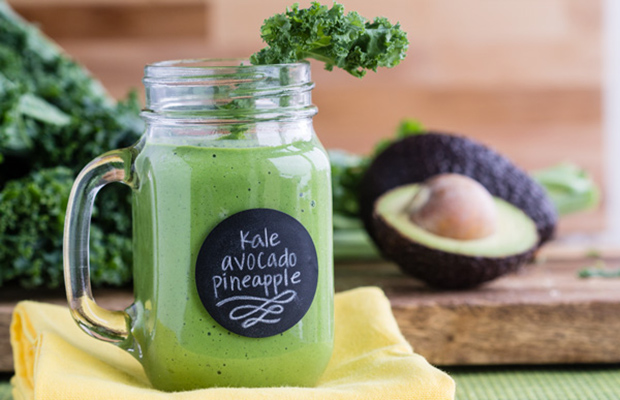
Summery, tropical drinks are delicious, but also highly caloric. Get your piña colada fix with this smoothie, which is extra creamy thanks to avocado. A double dose of vanilla, in the protein powder and in the almond milk, make this one extra sweet. Photo and Recipe: Dre / Delicious By Dre
[/col]
[col size=’1/3′ pos=’first’]
Raspberry Lemonade Smoothie

While more decadent than most other smoothie recipes, this chilling concoction is amazing on hot, lazy summer days. If you want to lighten it up, swap out the sugar for an equal amount of stevia. All you need is a porch swing. Photo and Recipe: Sarah / High Heels and Grills
[/col]
VIM is now offering nutrition services with Trainer & Nutrition Coach, Christine Galvin!
Click below to find out how you can benefit from 1 on 1 Nutrition Coaching!
[button link=”https://vimfitness.com/nutrition/” text=”LEARN MORE” color=”green” size=”large” fullwidth=”true”]











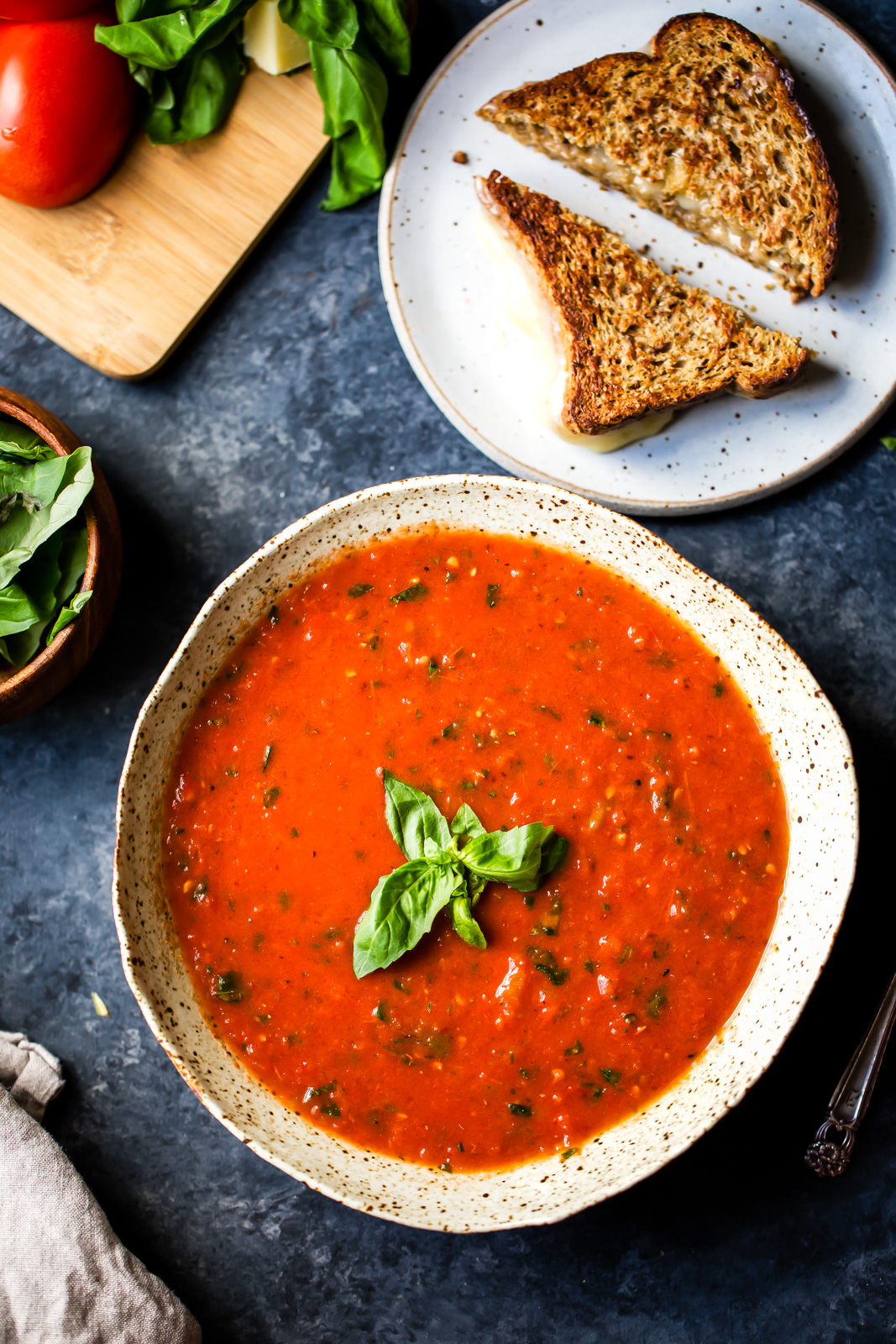














 The Easy Elimination Diet
The Easy Elimination Diet



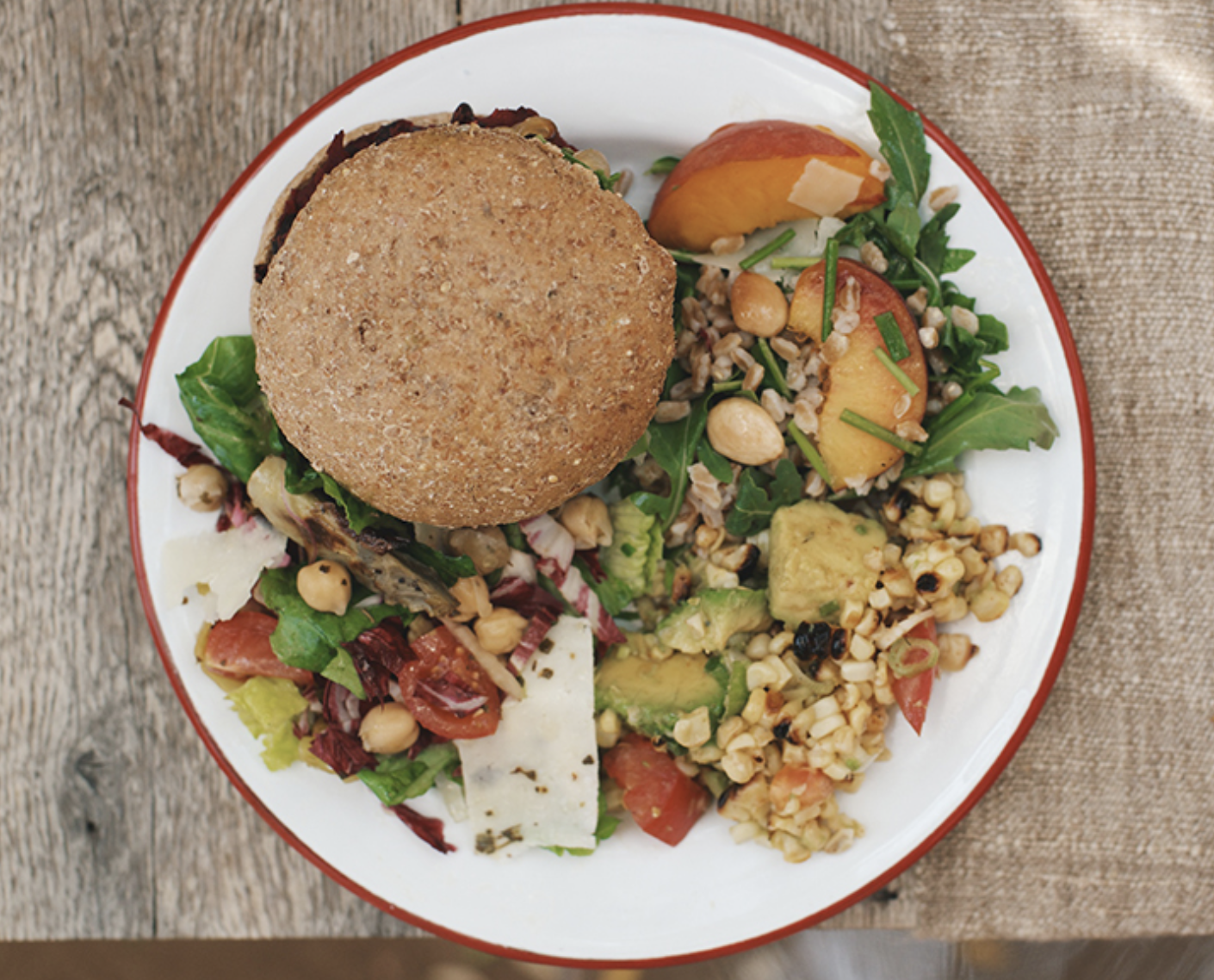






 Purchase herbs close to the time you plan to use them. When growing herbs in your own garden the ideal time for picking is in the morning after the dew has dried but before the sun gets hot. This helps ensure the best flavor and storage quality.
Purchase herbs close to the time you plan to use them. When growing herbs in your own garden the ideal time for picking is in the morning after the dew has dried but before the sun gets hot. This helps ensure the best flavor and storage quality.


 LIMITED TIME DEALS FOR APRIL
LIMITED TIME DEALS FOR APRIL



 SPRING SCHEDULE
SPRING SCHEDULE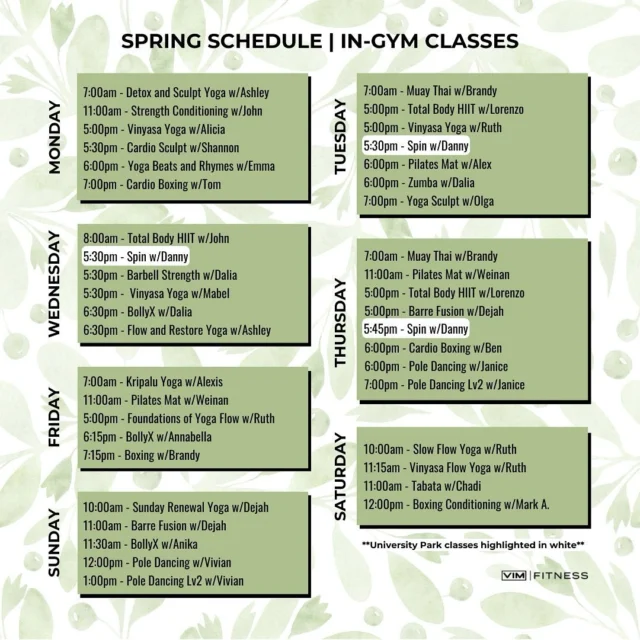




 Happy St. Patty’s Day
Happy St. Patty’s Day






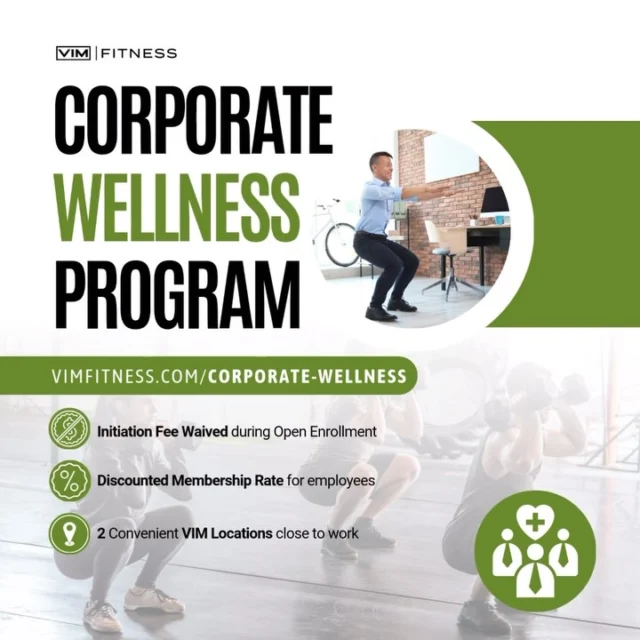
 WINTER
WINTER
 Workouts and group fitness classes are bette
Workouts and group fitness classes are bette


